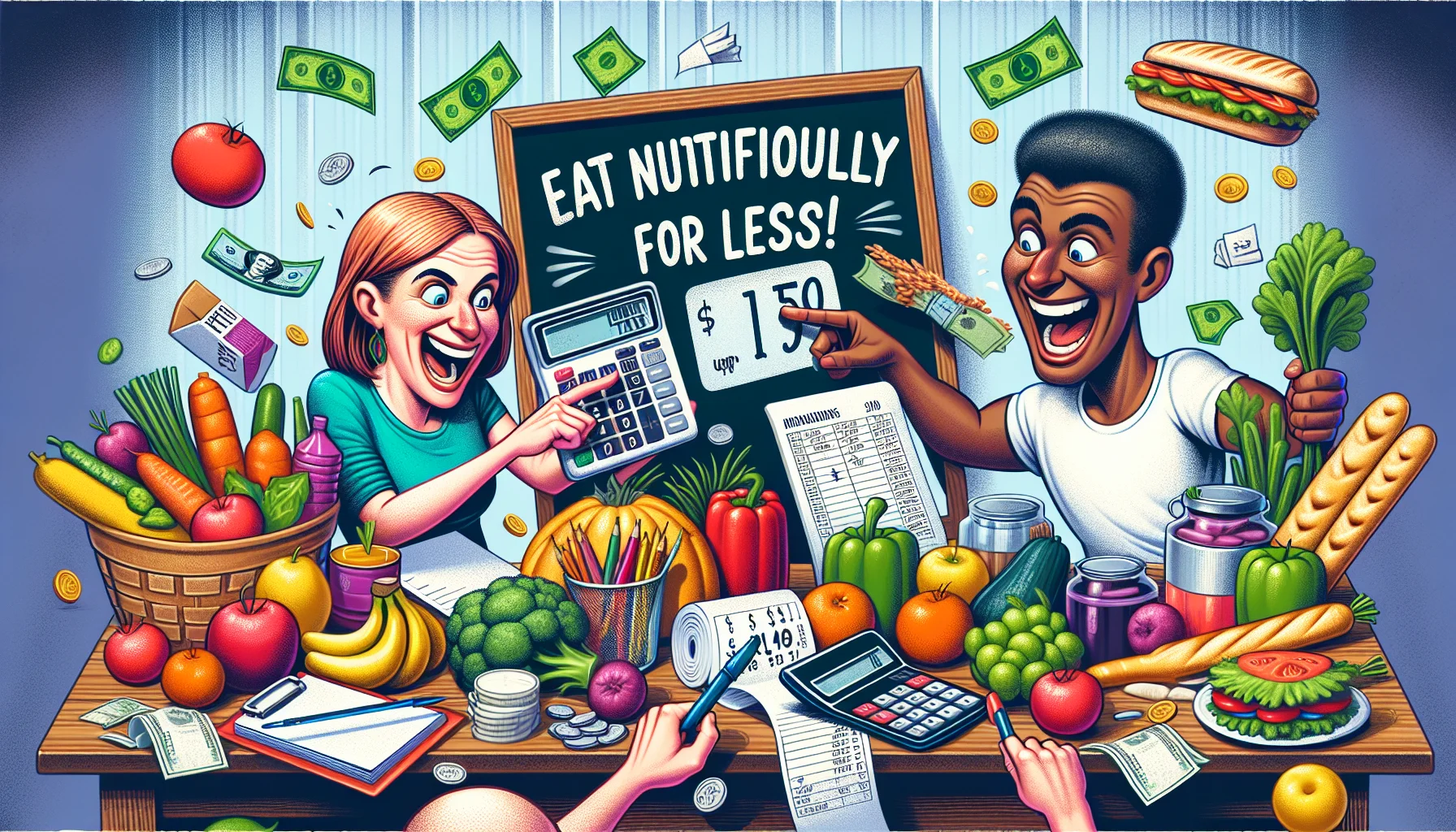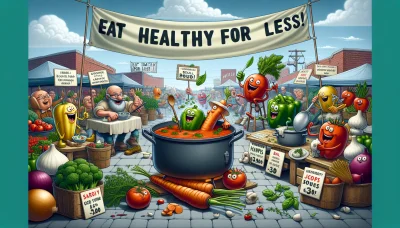Personalized Grocery Budget Planning Quiz
Test Your Knowledge
Question of
Introduction to Personalized Grocery Budget Planning
Personalized grocery budget planning plays a crucial role in maintaining a healthy diet. It allows individuals to allocate their financial resources efficiently, ensuring they can purchase nutritious foods that cater to their specific dietary needs and preferences. By planning ahead and setting a budget tailored to one's personal health goals and financial situation, it becomes easier to avoid impulse buys and unhealthy food choices that may derail dietary objectives. Furthermore, personalized budget planning can help in exploring cost-effective options without compromising on the quality of food, thereby supporting a balanced and healthy eating lifestyle.
Benefits of Personalized Grocery Budget Planning
- Cost savings
- Reduced food waste
- Improved nutritional intake
How to Create Your Personalized Grocery Budget
To create a personalized grocery budget that accurately reflects your needs, start by tracking your current food expenses for a month to understand your spending habits. Next, evaluate your dietary needs and preferences, ensuring you allocate enough for nutritious meals that cater to any specific health requirements or personal taste preferences. Factor in meal planning to avoid impulse buys and waste, and consider using coupons and shopping for sales to stretch your budget further. Remember, flexibility is key to adjusting your budget as your dietary needs or food prices change.
Essential Tips for Sticking to Your Grocery Budget
- Plan your meals for the week and make a shopping list to avoid buying unnecessary items.
- Use coupons and take advantage of sales, but only for items you were already planning to buy.
- Buy in bulk for non-perishable items or items you use frequently to save money in the long run.
- Choose seasonal produce, which is often cheaper and fresher than out-of-season counterparts.
- Compare prices at different stores and consider shopping at discount or bulk stores for better deals.
- Limit the purchase of convenience foods, which are usually more expensive and less healthy.
- Consider store brands instead of name brands for a more affordable option without sacrificing quality.
- Keep an eye on your pantry and freezer to use what you have before buying more.
- Join store loyalty programs that offer discounts and rewards to frequent shoppers.
- Be flexible with your meal plans based on what’s on sale or what you already have at home.
Healthy Eating on a Budget
Eating healthily doesn't have to be expensive. With the right strategies, you can maintain a nutritious diet while keeping your spending in check. One effective approach is meal planning. By planning your meals for the week, you can create a shopping list that includes only the ingredients you need, reducing waste and avoiding impulse buys. Preparing meals at home is another key strategy. Cooking at home not only saves money compared to eating out but also allows you to control the ingredients, ensuring that your meals are healthy and tailored to your dietary needs. By incorporating these practices into your routine, you can enjoy delicious, healthy meals without stretching your budget.
Sample Grocery Budget Plan
| Category | Estimated Cost |
|---|---|
| Fruits | $25 |
| Vegetables | $30 |
| Proteins | $40 |
| Grains | $15 |
| Dairy | $20 |
| Total | $130 |
Conclusion: Maximizing Your Grocery Budget
In summary, effective grocery budgeting is not just about spending less but making smarter choices that align with both your financial and nutritional goals. By planning meals, leveraging sales and discounts, buying in bulk, and prioritizing seasonal and whole foods, you can stretch your dollar further while ensuring a healthier diet. Remember, the best approach to grocery shopping is one that is personalized to fit your unique lifestyle and preferences. Embrace these strategies to not only save money but also to foster better eating habits for you and your family.












